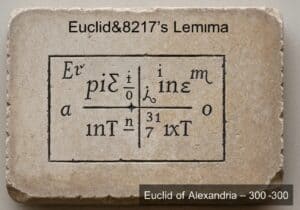A technique for solving first-order and hyperbolic second-order différentielle partielle equations (PDE). The méthode reduces a PDE to a family of ordinary differential equations (ODEs) along specific curves called ‘characteristics’. Along these curves, the PDE simplifies, allowing the solution to be found by integrating the system of ODEs. It is particularly powerful for problems involving transport and wave propagation.
The core idea of the method of characteristics is to find curves in the domain of the PDE along which the solution’s behavior is simpler. For a first-order quasilinear PDE of the form [latex]a(x,y,u)u_x + b(x,y,u)u_y = c(x,y,u)[/latex], the method involves solving a system of ODEs called the characteristic equations: [latex]frac{dx}{dt} = a[/latex], [latex]frac{dy}{dt} = b[/latex], and [latex]frac{du}{dt} = c[/latex]. By solving this system, one can trace back the value of the solution [latex]u[/latex] from a point [latex](x,y)[/latex] to the initial data curve.
For hyperbolic equations, there are multiple families of characteristic curves. For the one-dimensional wave equation [latex]u_{tt} – c^2 u_{xx} = 0[/latex], the characteristics are the straight lines [latex]x pm ct = text{constant}[/latex]. Information, or the values of the solution, propagates along these lines. This is the mathematical basis for d’Alembert’s solution, which shows the solution as a sum of right- and left-traveling waves.
Une caractéristique importante de la méthode, appliquée aux équations non linéaires, est sa capacité à prédire et à gérer la formation d'ondes de choc ou de discontinuités. Si les courbes caractéristiques, qui portent des valeurs constantes de la solution, se croisent, cela implique que la solution tente de prendre plusieurs valeurs au même point. Cela signale la rupture d'une solution lisse et la formation d'un choc, un phénomène courant en dynamique des gaz et en écoulement du trafic.
























